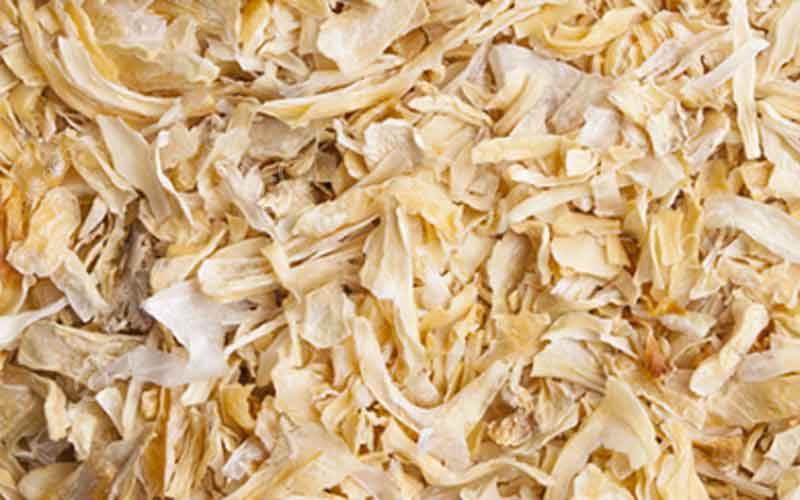Onions are a widely cultivated and consumed vegetable. Beyond direct sales, some enterprises have begun processing onions into dehydration products such as onion flakes and onion powder. These products not only facilitate storage and transportation but also provide food processing companies with a stable source of raw materials. So, what is the cost of establishing an onion dehydration plant ?

The cost of establishing an onion dehydration plant includes the following components:
1. Raw Material Costs
Raw materials represent one of the most critical production costs for onion dehydration plant. Onion procurement prices fluctuate based on seasonal variations and regional differences. Producing one ton of dried onion slices requires approximately 8 to 10 tons of fresh onions, as significant moisture is lost during the drying process. Therefore, assuming a cost of $150 per ton of fresh onions, the raw material cost alone would amount to roughly $1,200 to $1,500. Of course, some facilities utilize onions grown on their own farms for further processing.
2. Equipment Investment Costs
Onion dehydration equipment constitutes a critical component of onion dehydration plant. Investment varies significantly based on production scale.
Typically, small-scale onion dehydration plant operate at daily capacities ranging from 500 kilograms to 2 tons. Primary equipment includes:
- Onion Washer
- Onion slicer
- Dryer
- Packaging machine
- Auxiliary equipment such as conveyor belts and sorting machines
Among these, the dryer is the primary piece of equipment. A small-to-medium-sized continuous mesh belt dryer costs approximately $8,000 to $15,000, while a large automated production line may require $30,000 to $50,000 or more.
3. Site and Construction Costs
Site development encompasses factory building lease or purchase, ground hardening, electrical and ventilation system installation, and drying workshop layout.
A daily production capacity of 1–2 tons typically requires a facility area of 300–600 square meters. Specific construction costs vary based on local conditions.
Additionally, drying facilities require effective ventilation and moisture removal systems, along with high electrical loads. This necessitates investment in electrical upgrades and equipment installation.
4. Labor and Operational Costs
Labor expenses primarily include wages for operators, managers, warehouse staff, and quality control personnel.
Additionally, routine expenditures such as electricity, fuel, packaging materials, and equipment maintenance must be accounted for.
Beyond these costs, establishing an onion dehydration plant also requires consideration of transportation expenses and sales-related expenses.